Common Bad Driving Habits of the Novice Driver
To say most new drivers are a little rough around the edges would be an understatement. Sure, they may have passed their driver’s ed courses, breezed through the written tests, and eked out a passing grade on their behind-the-wheel exam, but being a good driver comes with hard-earned experience on the road.
Most freshly-licensed drivers are eager to learn and willing to follow the rules – but they can also fall victim to one of many bad driving habits that even seasoned drivers can’t seem to shake.
Some of these may not seem like a big deal (after all, if they’re not mentioned in the driver’s handbook, they’re not important, right?), but they can have a profound effect on safety for all drivers on the road.
The Rolling Stop
A common occurrence in some parts of the U.S. (there’s reason it’s also known as the “California stop”), this oxymoron describes an action whereupon a car approaches a stop sign and doesn’t quite make a stop. Instead of coming to a full stop, they decide to slow down to a speed under 5 MPH and then roll on through.
This is one of the more serious offenses in this list – after all, you can indeed fail a behind-the-wheel test or get a traffic ticket for failing to make a complete stop at a stop sign. You could potentially get in an accident due to a rolling stop, especially in a 4-way stop sign situation.
No amount of impatience justifies a thinly veiled excuse to run a stop sign. Even if you’re in a hurry, at most you’re saving just a few seconds at the stop. Come to a complete, full stop at every stop sign – that means the car isn’t moving.
Hard Braking and Rapid Acceleration
These driving sins may be minor compare to others, but they could be indicators to potentially serious issues in one’s driving habits. Also known as “lead foot” syndrome, hard braking and rapid acceleration involves a driver using more than normal force to propel their car or make it come to a complete stop. You might wonder why this is a bad thing, but there are a number of reasons why this can turn into a seriously bad habit:
- It wastes fuel – putting such strain on your engine can leave you refueling more often. On average, rapid acceleration and hard braking can decrease highway mileage by up to 33% and city mileage by up to 5%. With this wasteful use of gasoline also comes harsher emissions released by your car as well.
- It greatly increases your accident risk – hard braking is usually associated with tailgating , which is an optimal accident situation. Not only do you risk slamming into the car in front of you, but you also create the potential for a chain reaction in which the cars behind you could also end up in a collision. It’s a common way to incite a pile-up on the freeway.
- It puts a strain on your vehicle – rapid acceleration and hard braking can cause greater wear-and-tear throughout your entire vehicle. That includes overheated brake rotors, which can cause quicker warping and wear, faster wear of brake pads, and an incredible amount of stress on the frame of your car as it goes through frequent sudden changes in velocity.
- It’s a strong indicator of aggressive driving – perhaps the most important risk, hard braking and rapid acceleration are “gateway drugs” to aggressive driving. This is unsafe driving at its highest, and can lead to situations where drivers knowingly put others in danger for their driving benefit.
Phone Use While Driving
Texting and messaging while driving is one of the leading causes of distracted driving in the U.S. – and that’s across all ages, not just teens. We’re all aware of the dangers of distracted driving, so don’t think it’s okay because you consider yourself a great driver. Driving while using a phone is like driving with one eye closed and one hand behind your back – it’s not an ideal driving situation.
While all these driving sins are seemingly minor, they can lead to some major repercussions if they persist throughout your driving life. Fortunately, as long you’re constantly aware of them, you can work toward slowly but surely improving your driving habits.







